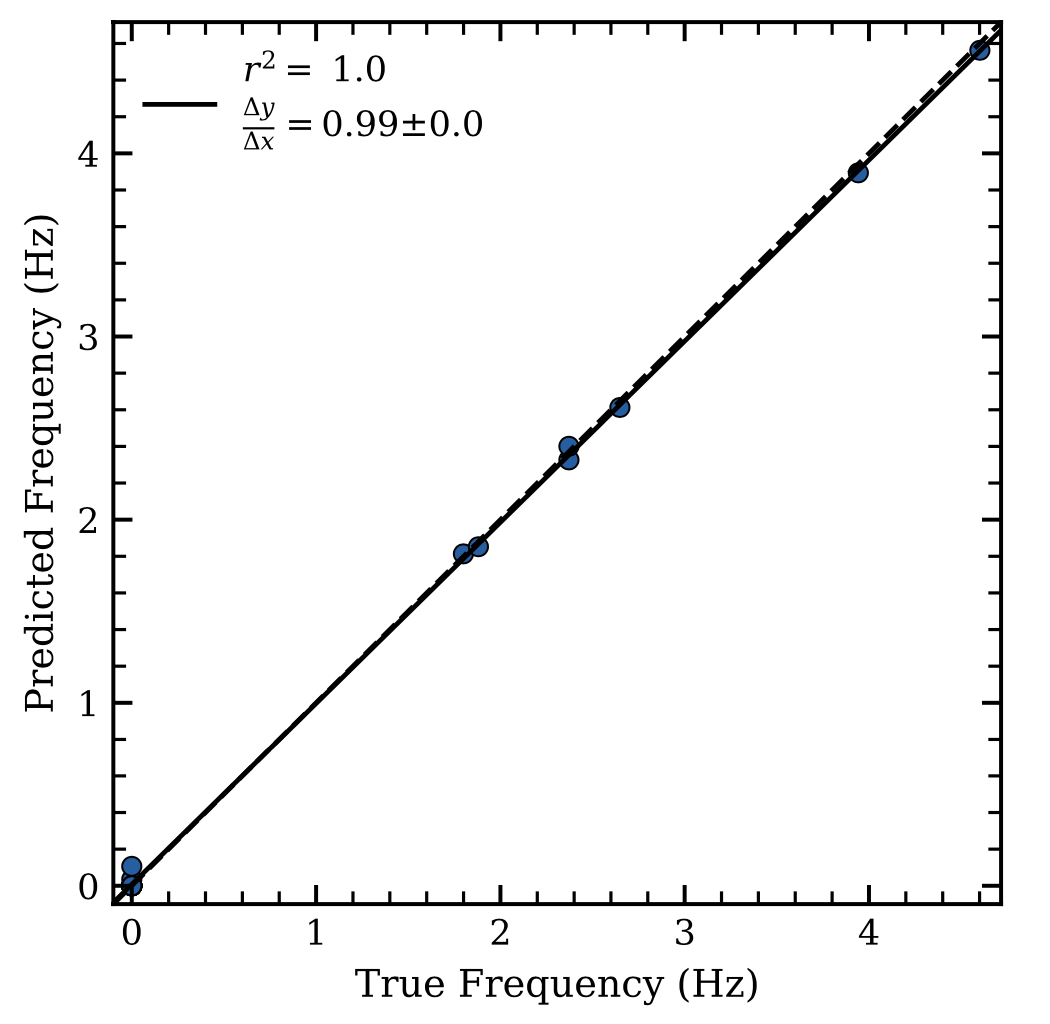NICER / ISS Science Nugget
for June 8, 2023
Using NICER data to teach a machine
As an observational science, astronomy does not afford scientists the opportunity to manipulate phenomena or to set up traditional control experiments, holding some variables fixed while allowing others to change. Instead, we are at the mercy of Nature's whims, observing whatever is available and often piecing together, for example, cause-and-effect relationships or temporal evolution via a series of snapshot observations or sampling of multiple objects from a given class. To gain scientific insight, we must uncover patterns in such data, a task that can benefit greatly from recent advances in machine learning (ML). A paper recently accepted for peer-reviewed publication in the UK journal Monthly Notices of the Royal Astronomical Society, by T. Kiker (Sunny Hills High School, Fullerton, CA, and Columbia Univ.) and collaborators, describes an effort to apply ML techniques to data from NICER and its predecessor - the Rossi X-ray Timing Explorer (RXTE) - to predict the presence of, categorize, and derive insights from timing signals from black holes in accreting binary systems within our Galaxy.
A common, but poorly understood, feature of X-ray emission from accreting systems is varying brightness that is cyclic but not strictly periodic - these so-called quasi-periodic oscillations (QPOs) can appear at frequencies ranging from a few cycles per second (Hz) or slower, typically in black-hole systems, to several thousand cycles per second in neutron star systems. They involve only a fraction of the total X-ray emission, and are usually transient. NICER observed QPOs in, among many other instances, the 2017 outburst of the suspected black-hole binary MAXI J1535-571. Kiker et al. used this dataset to identify, initially via human analysis, all available QPOs, together with information about the energy spectrum of the X-ray emission at the time of each QPO detection. They then divided the QPO detections into two parts, a training set and a test set, repeating this exercise multiple times with randomized selections of QPOs between the two sets. For ML methods, they adopted "tree"-based models: decision trees, random forests, and extremely randomized ("extra") trees . The outcome of their development and testing was a demonstration that the random forests and extra trees techniques far outperformed both simple linear regression and the ML decision-tree approach in predicting the presence and properties (frequency, amplitude) of QPOs in the test datasets, while also revealing a correlation with the energy-spectrum parameter that described the temperature of the accretion disk at the times of the QPOs. Future work with this "QPOML" tool will cross-apply the technique to multiple accreting binaries in the hopes of revealing further patterns that underlie the QPO phenomenon.


Figure:
Left: Power-density spectrum of MAXI J1535-571 from a single NICER observation during the object's 2017 outburst. Crosses represent measurements of the strength of oscillations at a given frequency; the solid line shows the best-fit model based on Lorenztian-function components. The two peaks have a 2:1 harmonic relationships, with frequencies that are typical of accreting black-hole binaries.
Right: A regression plot for QPOs in test datasets predicted by the ML "extra trees" model, which demonstrates very low dispersion (r-squared value of 1.0) and excellent recovery of the true frequencies (a slope very close to 1.0), even in data that contained no QPOs (the clustering of points near 0 Hz).
<< Previous
Main Index
Next >>